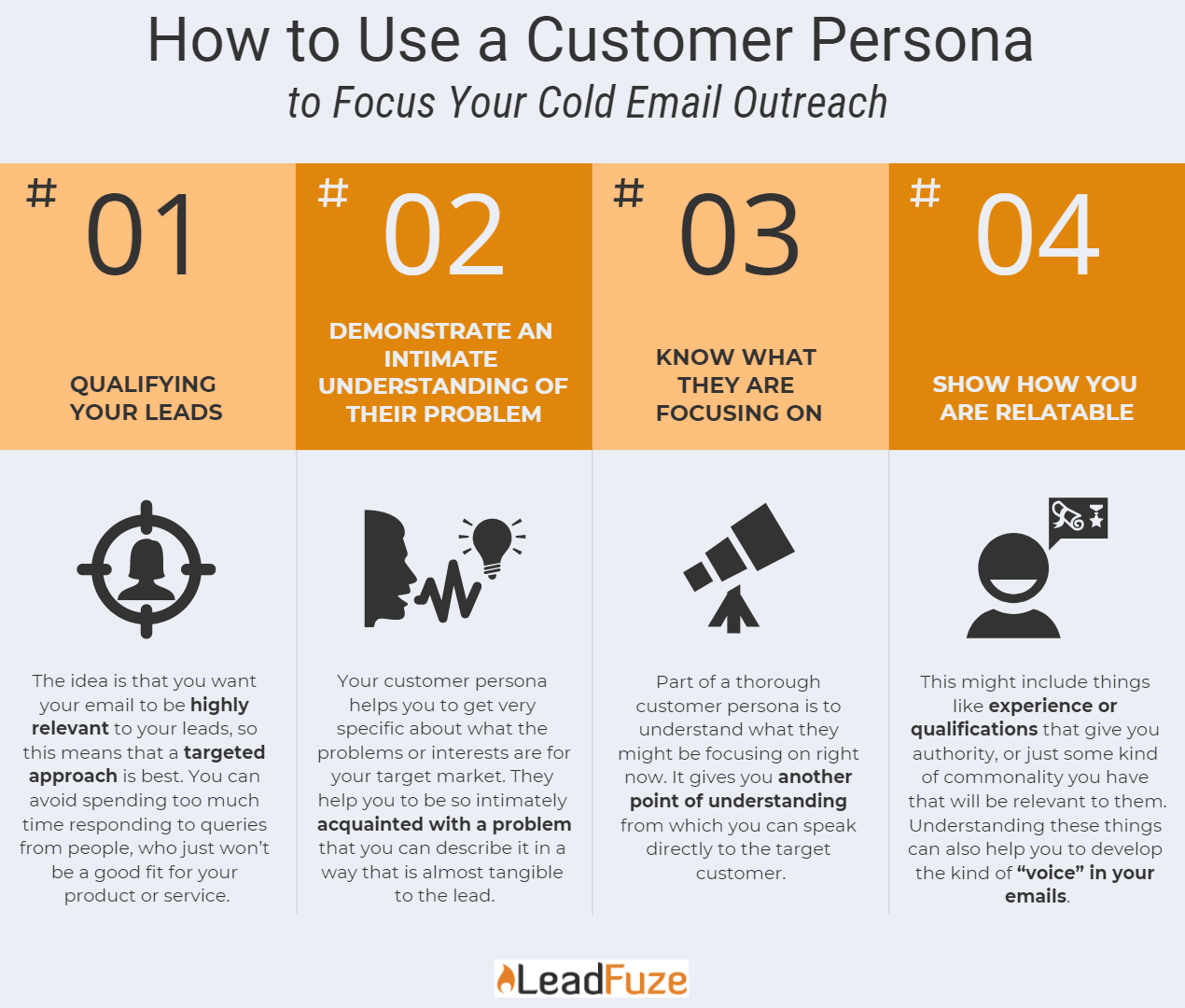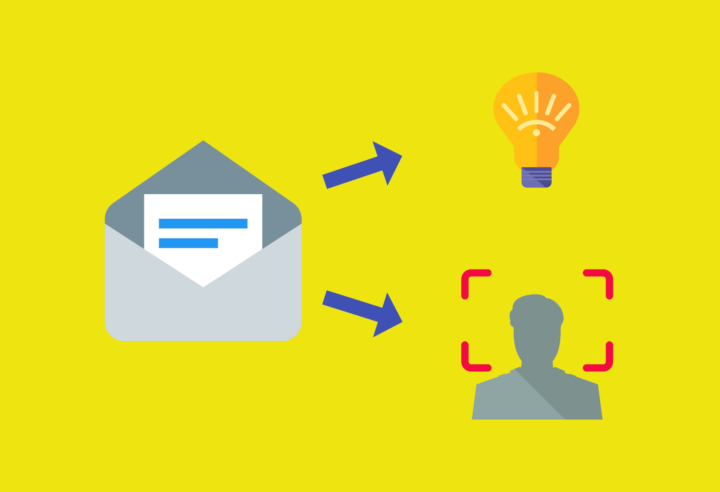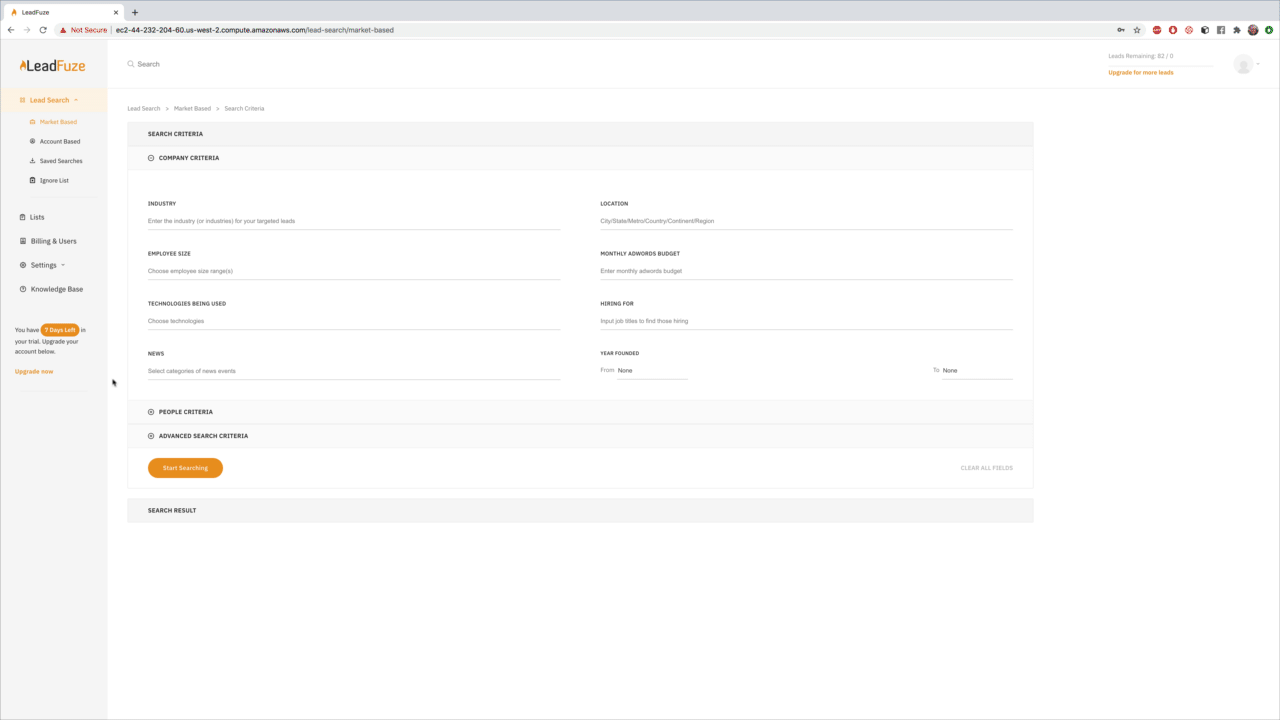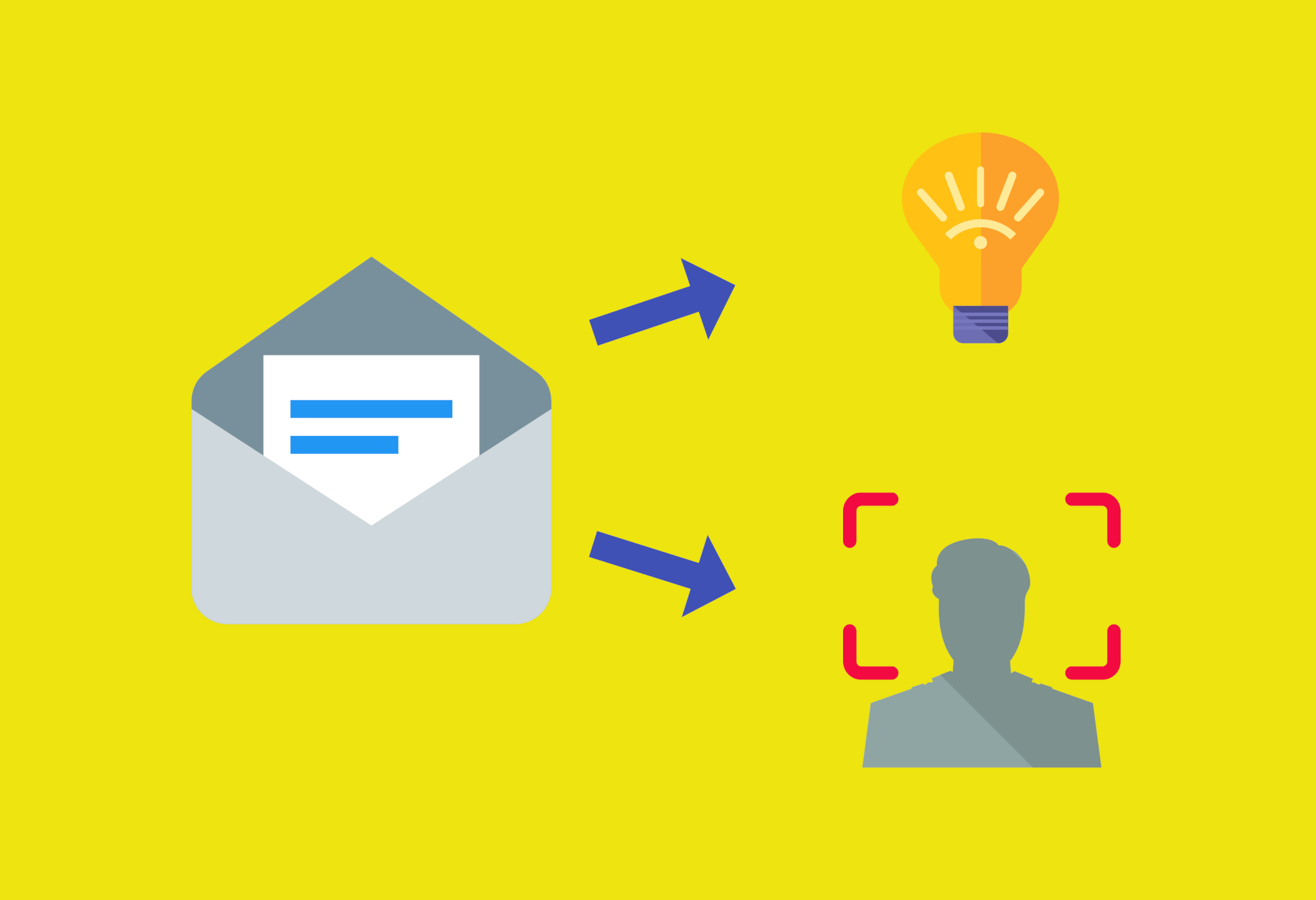What is a Customer Persona
A customer persona is a representation of your customer. It is a composite sketch based on information gathered from interviews with both customers and non-customers alike, as well as data collected through analytics.
Doing interviews can be a great way to create a customer persona because they allow for the following:
- To gain insights into what customers want and need.
- An opportunity to ask open-ended questions that provide more information about current needs, attitudes, expectations, etc.
- A chance to validate assumptions if you are unsure of certain aspects of your customer. For example, it is a good idea to ask customers what they think of your product or service.
Creating personas can be beneficial for both marketing and business strategy.
Examples of customer personas include:
“Mark,” a 37-year-old man who is an avid cyclist with $25,000 in income
“Lucy,” a 45-year-old female who is a high school teacher with $60,000 in income
“Pete,” an 18-year-old male who goes to the gym three times per week and has $30 in monthly expenses
Lucy might be interested in your cycling gear but Mark would not. Pete’s bank account may dictate his interests.
What Makes a Good Customer Persona
It should reflect the needs, wants, and desires of customers. It should also be realistic enough that it can be used as an effective tool for guiding business decisions. A good customer persona should be personable and genuine so it doesn’t come off as fake or corny.
For instance, if you’re selling insurance, a customer persona might be someone who is in their early thirties and living below the poverty line. They may not have any assets to protect but they are eager for long-term security (such as retirement). If you are selling your home, you would create a customer persona who is looking for the perfect place to start their family, or someone who needs a lot of space for a growing business. Knowing your customer’s needs and motivations will enable you to tailor your marketing message more effectively and provide better value for them.
Do not create customer personas that are too specific to your industry
A customer persona should be a general representation of the majority of customers. For example, if you’re selling real estate and one of your personas is someone who lives in Texas with an annual salary over $200k, it’s not likely that this will represent enough people for you to use as a basis for marketing decisions.
Each persona should have three to five goals or needs that you can use for marketing. It’s not necessary for all of the personas to share a specific goal, but it is important that your customers are represented as diversely as possible in order to get an idea about what motivates them and why they buy from you instead of someone else.
Finally, it’s important to create personas for the competition, too. Think about what motivates their customers and how you can use this information against them in your marketing strategy.
3 Types of Customer Personas
-
Customer Profile
Describes the traits, needs, wants, desires, demographics, and psychographics that belongs to an individual’s current customers
-
Segment Persona
A description of a group of customers with common traits, needs, wants, desires, demographics, and psychographics
-
Competitive Persona
A description of a group of customers with common traits, needs, etc. that belong to the competition’s current customers
Importance of a Customer Persona
I’ve noticed that the best companies are successful because they’re laser-focused on their customers’ needs and wants. They know what those customers want before they do, and can deliver a better product or service faster to make it happen.
It’s also important for your marketing team to have an understanding of who you’re targeting with your message so that you can create a better customer experience.
It’s also important to remember that your customers may not be the only ones interacting with your marketing campaigns, so you want to make sure they’re as engaging for potential customers or prospects as they are for current customers.
The Critical First Impression
A quick perusal of studies on the effectiveness of email marketing shows us a couple of things immediately: a) email campaigns do still work but, b) you have to be savvy to get your campaigns noticed, then acted upon. The old “you’ve got mail!” days where people were excited about it are long behind us — we’re all battling crowded inboxes.
According to Hubspot, the average person takes just 5 minutes each day to delete 48% of the emails they’ve received. A lot rides on the subject line — is it an appropriate length? Do the words used resonate with the lead or do they scream “sales” and cause them to delete immediately without opening?
If the person does open the email, it needs to be enticing enough to encourage them to read it, then take the appropriate action that you want out of it. The average open rate for emails sent in North America is 34.1%, and the click-through rate is much lower at 3.1%.
The goal of using clearly defined customer personas to aid you with planning your cold email campaign is to not only get over that first impression hurdle but to improve your chances of getting the result you would like from the lead. You want to speak to your specific audience, rather than using language that will put them off or trying to capture everyone with one email.
You want to speak to your specific audience, rather than using language that will put them off. Share on X
4 Ways on How to Use a Customer Persona
Before you’ve jotted down any copy for your email campaign, it’s important that you’ve done the work to create detailed customer personas. This involves gathering data that helps you to compose a “sketch” of the customer, including demographic information, goals, challenges, and motivations.
Your business probably has more than one target customer persona (most do), but this is useful information when it comes to your email campaigns, too. Will you use this to segment your leads and send out emails that are targeted to the particular customer persona?
In my businesses, we have a practice of creating detailed customer personas as a key first step ahead of any marketing initiative, although we look at them much earlier than that. Customer personas also help with the product development stage, when you’re working to ensure you have validated the market.
The image below shows an example of the buyer persona planning document we built for our product, Ops Calendar. (You can download and use our template here).
How can you practically use this information to guide your cold email campaigns? Here are a few ideas:
1Qualify leads
Let’s consider the circumstances under which you might send a “cold” email. You may have gathered leads automatically through them, signing up for some kind of lead magnet, thereby automatically qualifying them in some way, or, if you’re in the kind of business that might pitch your services to others (such as consultants), you might be working from a list of contacts you have put together through other means.
Either way, your customer persona can be used to qualify leads before sending out an email to them. The idea is that you want your email to be highly relevant to them, so this means that a targeted approach is best.
You have to know that it’s not a complete waste of time sending emails to those contacts. For example, if your target market for a particular campaign is small online business owners and many of the leads you have aren’t, this could be a factor that you use to segment your list so that emails only go to the business owners.
Even if you have another target persona who isn’t a small business owner, you probably don’t want to be sending them the same email campaign as you’ll either water it down for the business owners, or you’ll be completely irrelevant to those who aren’t.
From another perspective, doing the work upfront to qualify leads based on the customer persona you are targeting should actually save you time in the long run. You can avoid spending too much time responding to queries from people whom you’ve blanket-emailed who just won’t be a good fit for your product or service.
It’s a way to get better leads by eliminating leads if that makes sense!
Do you need more qualified leads?
LeadFuze is the best way to get qualified leads. This tool has helped businesses of all sizes grow their sales by providing them with quality, relevant prospects that are ready and willing to buy. And they do it without any cold calling or spamming your inbox. It’s as easy as 1-2-3!
2Demonstrate an intimate understanding of the problem
How do you really capture the attention of those you are emailing? Take a minute to think about your own inbox and the emails that you open immediately. The chances are you open them because the subject line somehow speaks directly to you. It evokes some pressing problem you have or describes something you have a keen interest in.
Your customer persona helps you to get very specific about what those problems or interests are for your target market. They help you to be so intimately acquainted with a problem that you can describe it in a way that is almost tangible to the lead.
For example, if I were to think about the persona of “Founder Fred,” which you can see in the image of the planning document, this persona is highly concerned with the company’s content marketing efforts and feels that there is a lack of momentum in its marketing.
A good subject line will speak directly to Fred and let him know that we understand his problem, for example; “Fred, let’s put some momentum behind your content marketing.”
A poor subject line may be bland or too focused on the product rather than the customer, for example; “Automated content marketing software.” If you haven’t clearly defined your customer persona, a poor subject line may even focus on the wrong priority or problem for the customer.
3Know what they are focusing on
This may be related to the problem they are having or may parallel it somehow. Part of a thorough customer persona is to understand what they might be focusing on right now, particularly anything that is somehow relevant to your product or service.
How does this help your email campaign? Well, it gives you another point of understanding from which you can speak directly to the target customer. You want to leave them with an impression of “oh wow, they get me!”
Going back to our “Founder Fred” persona, he has a couple of focuses going on. Firstly, Fred is planning a new or renewed marketing push for his service and secondly, he’s actively hiring marketing people for various roles and is concerned with having good systems to manage them.
Is that something we can talk about in our cold email campaign? You bet! These focuses of his align with the service we are offering.
4Show how you are relatable
Any time we receive an email from a stranger (or relative stranger), we’re going to want to know who they are and why they should matter to us. What qualifies them to resolve the particular problem we have?
You’re aiming to build credibility and trust and to do that, you need to understand the customer. What do trust and credibility look like to them? What really matters to them when it comes to choosing products or services to work with?
This might include things like experience or qualifications that give you authority, or just some kind of commonality you have that will be relevant to them.
Understanding these things about your target customer can also help you to develop the kind of “voice” in your emails that will resonate with them and help them to engage with you.
Conclusion
If you’ve spent the time creating a detailed customer persona, it’s time to put it to work by ensuring that any cold email outreach you devise is speaking directly to your target persona.
Don’t let another “blanket” email go out and impede the effectiveness of your marketing! If it’s time for you to start your own new or renewed marketing push, check out our free 90-Day Marketing Plan here.
Ready to automate all of those recurring marketing projects and plan your next marketing and sales push? We built Ops Calendar just for that.
Want to help contribute to future articles? Have data-backed and tactical advice to share? I’d love to hear from you!
We have over 60,000 monthly readers that would love to see it! Contact us and let's discuss your ideas!



